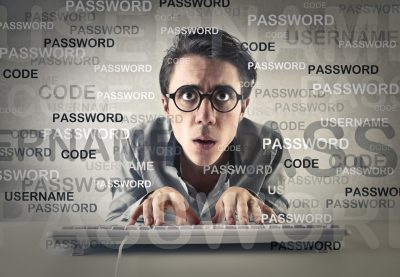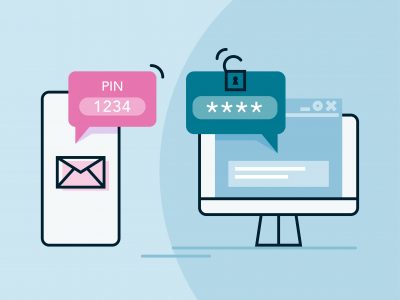Quick Look
- There are a number of things you can do to protect your online accounts and data.
- The three things that are the most important and helpful for protecting your finances include:
- Password Managers
- Multi-factor Authentication
- Credit Freezes
As long as there is data, there will be data breaches.
Data breaches happen and they’re not going to stop any time soon. But you can still take some solid steps to protecting your accounts online. Better yet, with the solutions below, when your account data is exposed, it will be that much easier for you to take corrective action.
A great summary of 12 things you can do to be more secure online is written about here from PCMag and we would encourage you to do all of these if you can.
But for the purposes of your Financial Priorities action plan, the three items listed here are the most important for protecting your online accounts and financial data. Below is a brief overview. For users with MoneySwell accounts, we’ll dive into more detail in future tasks.
Password Managers
 A password manager is a tool that manages all your usernames and passwords. With a single login to the password manager you have access to all your usernames and passwords for other sites. And best of all, you can easily set up your accounts such that each use a unique, random, and strong password. The password manager itself will have a variety of extra security features built in to ensure its security.
A password manager is a tool that manages all your usernames and passwords. With a single login to the password manager you have access to all your usernames and passwords for other sites. And best of all, you can easily set up your accounts such that each use a unique, random, and strong password. The password manager itself will have a variety of extra security features built in to ensure its security.
Additionally, they have features including ensuring your passwords across sites are strong and updated as needed. One of the coolest features we’ve seen is a special way to give access to your designated emergency contact in the event you become incapacitated.
But the best thing about password managers is that they’re one of those rare tools that make your accounts a lot more secure while also making your life easier at the same time. Once you start using one you’ll never go back and wonder how you got by without it before.
Multi-factor Authentication
 Also known as “two-factor authentication”, multi-factor authentication is exactly what it sounds like: In order to authenticate (i.e. “log in”) on a site, at least one more forms of authentication is required in addition to your username and password.
Also known as “two-factor authentication”, multi-factor authentication is exactly what it sounds like: In order to authenticate (i.e. “log in”) on a site, at least one more forms of authentication is required in addition to your username and password.
This “second authentication”, usually falls into the category of a one-time code that can be shown to you via text message or an authentication app or device. In more academic-speak, this second authentication can be “something you are” (e.g. facial recognition or fingerprint), “something you have” (e.g. an authentication app on your phone or a text message) or “something you know” (e.g. “What is your mother’s maiden name?” etc.).
Multi-factor authentication isn’t an option with every site or every company but whenever it is you’ll want to use it. It can create a few extra steps for you when logging in but it’s still worth it in the end.
Credit Freezes
 When someone fraudulently opens a line of credit or takes out a loan in your name it can take months or even years to fully clean up the mess.
When someone fraudulently opens a line of credit or takes out a loan in your name it can take months or even years to fully clean up the mess.
However, putting a “freeze” on your credit – something you’ll do with each of the three major credit bureaus – means that any would-be thief would have to go through a whole extra set of hurdles to first “unfreeze” your credit.
It’s kind of like multi-factor authentication for your credit because any time a loan or line of credit is applied for, the lender will check your credit first. And if there’s a freeze on it, they won’t be able to access your score and they certainly won’t open a new account without that.
Setting up the freeze is fairly painless, easy to manage, and free (but beware of the online upsell attempts – you probably don’t need them).
Conclusion
Now that you know the three most important things to protect your accounts and identity online, proceed with your next tasks (logged in users only) to get these set up!